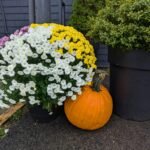Gardening uses knowledge of horticulture and gardening tips from experts to grow and cultivate naturally existing species from the plant kingdom. These include shrubs, plants, and trees of various species. Trees, in general, are tall and reach for the sky to get their basic needs of sunlight. Evergreen trees maintain green glossy leaves all year round and never shed all leaves to become bare. Additionally, some other plants and shrubs grow up to a certain height. All trees, plants, and shrubs use different methods to produce the next generation. Some plants can be grown from cuttings while others such as ferns produce spores. Meanwhile, others produce colorful or white flowers filled with perfume to draw the birds and the bees. Most of these selected shrubs, plants, and trees are grown to create and maintain any garden. The ideal garden should be pleasing to the eyes, nose, and tongue.
Types of Gardens
A wide range of gardens created may be of large scale or small scale. Large scale gardens include farming and agriculture or forestry. Small scale gardens include organic, residential, non-residential public gardens, water gardens, indoor gardens, container gardens, and others. Organic gardens use non-chemical processes to grow vegetables and fruits in small to large scale. Residential gardens are grown on roof-tops, in balconies and the surrounding areas of the home. Meanwhile, non-residential gardens include public and semi-public gardens like Botanical and Zoological gardens and other amusement parks. Water gardens include underwater growing plants like lotus, water hyacinth, and other water-lily plants. Aquarium gardening is another example of water gardening.
Container gardening uses various types of containers such as hanging baskets, pots, and planters. This sort of gardening is practiced in balconies, patios, and rooftops. Container gardening can be extended to indoor gardening. This sort of gardening purifies the air, controls the humidity and maintains the temperature. Small scale gardening includes tending and caring for shrubs and plants. Thus, the activity of gardening makes an excellent hobby. Here, we have added easy gardening tips and tricks every gardener should know.
{ 1 } Nourish Soil With Coffee Grounds
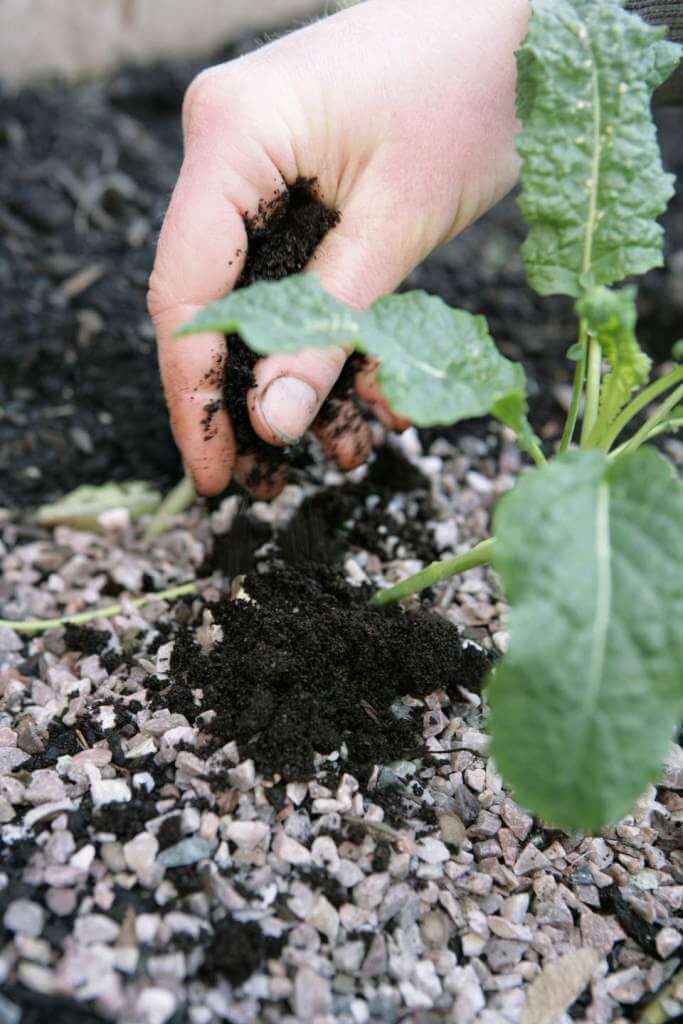
Grind some roasted black coffee beans using a suitable coffee grinding machine such as a mixer-blender. Crush the roasted coffee beans into a very fine powder. Add some of the powdered roasted coffee beans to soil or dirt and blend them. This makes an excellent fertilizer for growing any sapling, shrub or plant. You can add the powdered roasted black coffee beans to the soil at any point in time. Make a mixture of the powdered coffee beans and potting soil to germinate seeds for saplings. Wait till the saplings are ready for transplantation. Add a little of the powdered roasted coffee beans to the potting soil.
When the plant overgrows producing lots of roots, it requires re-potting. Add some of the powdered roasted black coffee beans to potting soil or dirt. This provides adequate amounts of nutrients for growing the plant in a larger pot. Allow the plant to grow healthily in the planter. For this, regularly, add a bit of the powdered black roasted coffee to the soil.
{ 2 } Soak Seeds In Warm Water Before Planting
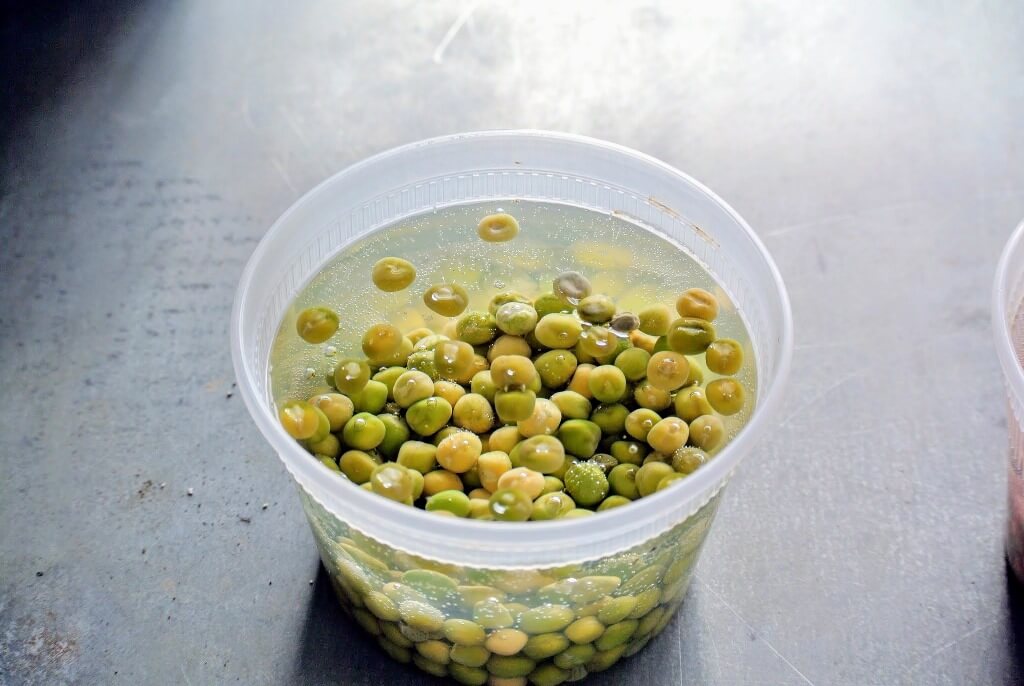
This is one of the most important and basic steps that most gardeners ignore. This is one of the few gardening tips that exert gardeners will know. Pour some warm water in cups. Add seeds to those and leave them soaking for some time. As a result, the seeds get swollen and ready for germination when placed in soil. If the seeds float in the water, then the seeds are not fit to be planted.
{ 3 } Use Egg Shells As Seed Starters
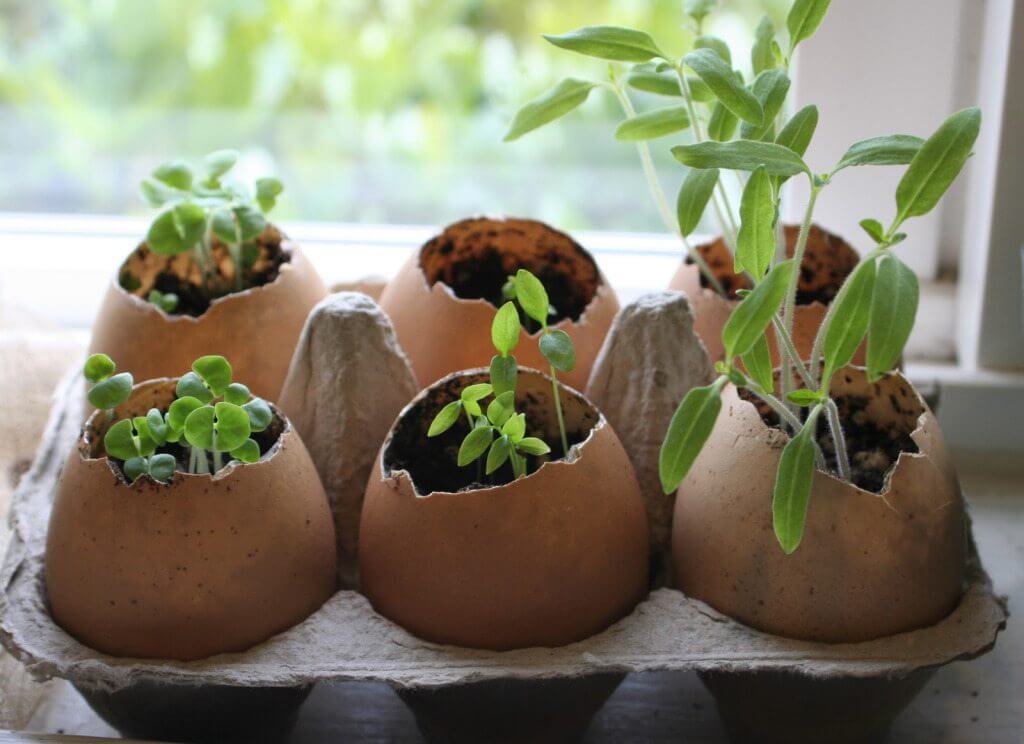
After you crack the egg to prepare it, you can use the egg-shell as plant starters. Break the egg-shell to make the opening wider and fill those with dirt and soil. Germinate seeds within these eggshells till they grow enough for transplantation. Plant the saplings when they are big and old enough in rich fertile soil. Make a space in the ground where you can place the plant in the ground. Simply break each of the eggshells and gently place the plants in the desired space.
{ 4 } Grow Insect Repellent Plants
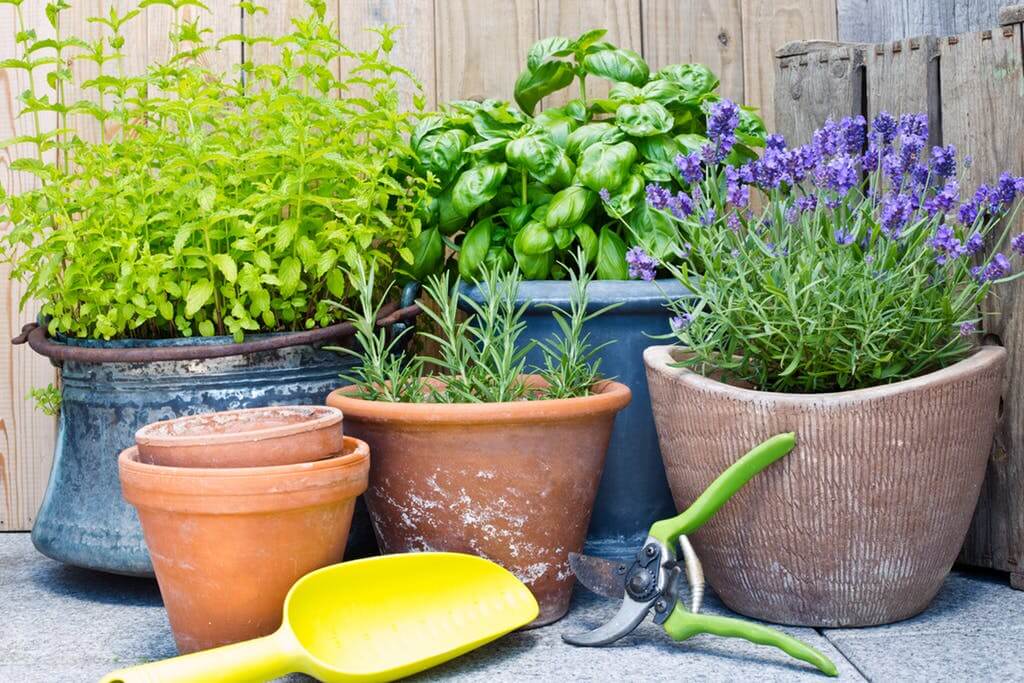
It is desirable to grow insect repellent plants such as Rosemary, Lavender, Mint, and others. You can use terracotta earthen pots or porcelain pots to grow these plants. First, you need to fill those pots with dirt or rich soil. Sprinkle seeds of repellent plants and allow them to germinate in the pots. Keep the soil moist at all times till the seeds germinate. Allow the plants to grow to a certain healthy length. Water the plants when about the top one inch of the soil is dry to touch. This is one of the few gardening tips that very few people follow but is quite effective.
{ 5 } Use Pot-In-Pot Planting Method

When the plant has overgrown inside the pot, often there are too many roots. It is time to re-pot the plant in a larger plant pot. You can place the larger sized plant pot within the soil to hold it in position. You need to lightly knock the sides of the plant pot against a hard surface. This would allow the plant to come out in one go. Thus, you can easily transfer the completely overgrown plant into another larger pot.
{ 6 } Make DIY Fork Garden Markers

Make “Do-It-Yourself” (DIY) markers with forks and bottle-corks. On the surface of the corks, write the names of the plants and herbs. You can sow the seeds of those plants and herbs in rich nutritious soil. Use the DIY markers to identify the areas where seeds are allowed to germinate. You can also add perennial plants that grow all year round to their gardens. You can add seasonal plants and flowering plants. And use these DIY markers to separate these flowers and plants.
{ 7 } Use DIY Planters For Small Herbs
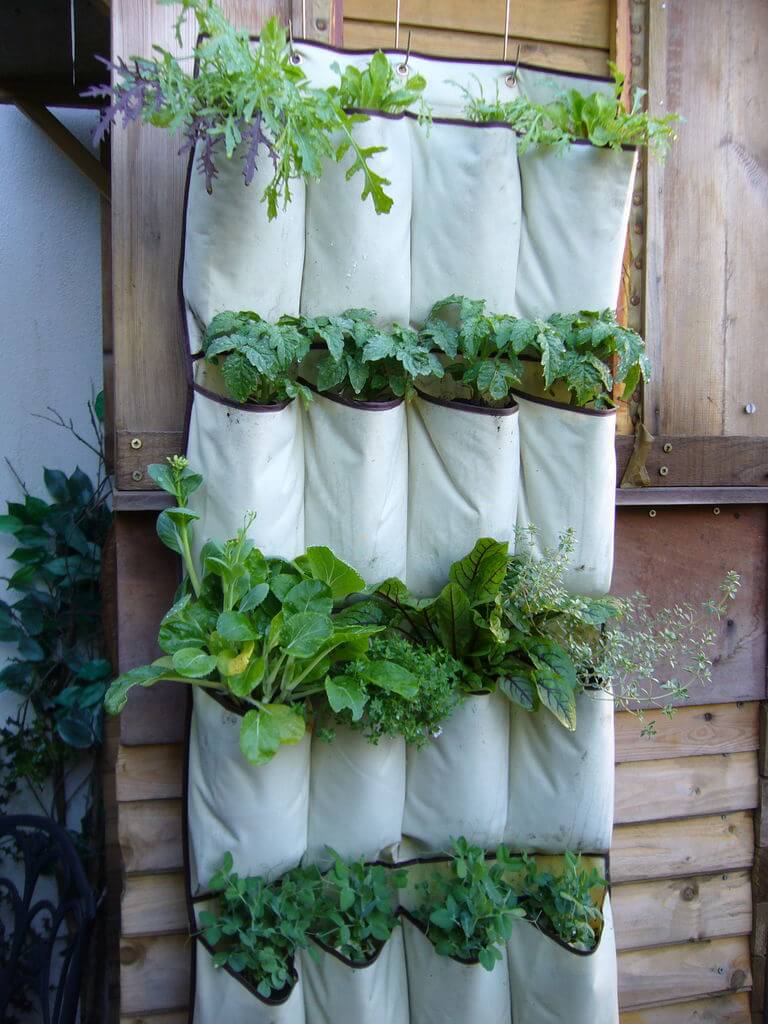
In an open space in the garden, select a wooden vertical wall. Create a vertical garden with four rows of white-colored DIY planters. Fill those with fertilized soil to grow and cultivate different types of small varieties of herbs. Select one or more herbal plants from the list given. These include basil, chives, coriander, dill, fennel, lavender, lemongrass, mint, rosemary, sage, thyme, and others.


